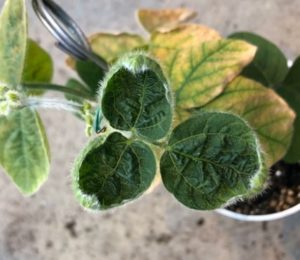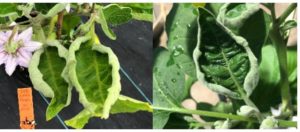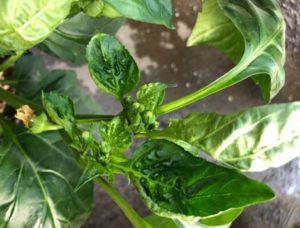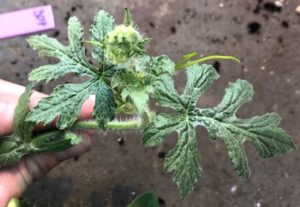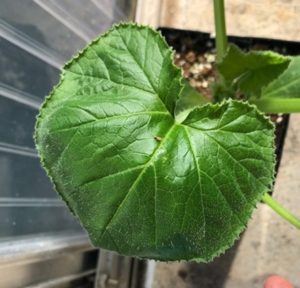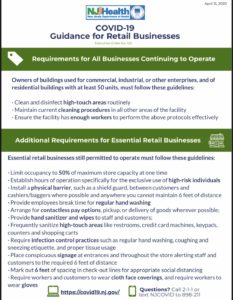Good weed control in transplanted and seeded cole crops requires planning and the use of pretransplant or preemergence herbicide applications.
Preplant incorporate Treflan HFP at 1 to 1.5 pt/A for seeded and up to 2 pt/A for transplanted, or apply Dacthal 6F at 6 to 14 pt/A or Prefar 4E at 4 to 9 qt/A preemergence or post-transplant to control annual grasses and certain broadleaf weeds. Choose Dacthal or Prefar in early spring when soils are cold and wet when Treflan may cause temporary stunting. Please make sure to check the label before mixing as these herbicides are registered for use only on certain cole crops.
Goal 2XL and GoalTender 4F are labeled for transplanting ONLY!. Goal 2XL can ONLY be used pretransplant whereas GoalTender 4F can be used pre-transplant or post-emergence with a 24(c) Special Local Needs label on broccoli, cabbage and cauliflower in New Jersey (NJ 24(c) SLN GoalTender 4F). Build beds, spray, and transplant through the herbicide barrier. Use Prefar or Dacthal post-transplant for grass control. Treflan or Dual Magnum applied preplant incorporated may increase the risk Goal injury. Do NOT cultivate unless weeds appear. Incorporation of Goal reduces or eliminates the effectiveness of the product for weed control. Goal and GoalTender are registered for use only on certain transplanted cole crops.
Dual Magnum 7.62E has a 24 (c) Special Local Needs label for use on cabbage in New Jersey. Use Dual Magnum at the rate of 0.5 to 1.33 pt/A depending on soil type. Use the lower rate on soils that are relatively coarse-textured or low in organic matter; use the higher rate on soils that are relatively fine-textured or high in organic matter. Apply to weed free soil in transplanted cabbage after transplanting, or to direct seeded cabbage when the seedlings have developed 3 to 4 true leaves. The delayed use in directed seeded cabbage reduces the risk of slight temporary stunting of the crop. Dual Magnum controls annual grasses, nightshade species, and galinsoga. Yellow nutsedge will be suppressed or controlled at the rates and use patterns on the Dual Magnum label for cabbage. To obtain a label, an indemnification agreement must be filled out on line agreeing not to hold the manufacturer responsible for crop damage. Obtain a copy of the label and complete the indemnification agreement on the Syngenta website. Register or sign in, select state and product, and submit. You will then be asked to select your crop before accepting or not the waiver of liability and indemnification agreement. You must have a copy of this 24(c) label if you want to use Dual Magnum on cabbage!
Consult the 2020/2001 Mid-Atlantic Commercial Vegetable Production Recommendations for rates and additional information.


